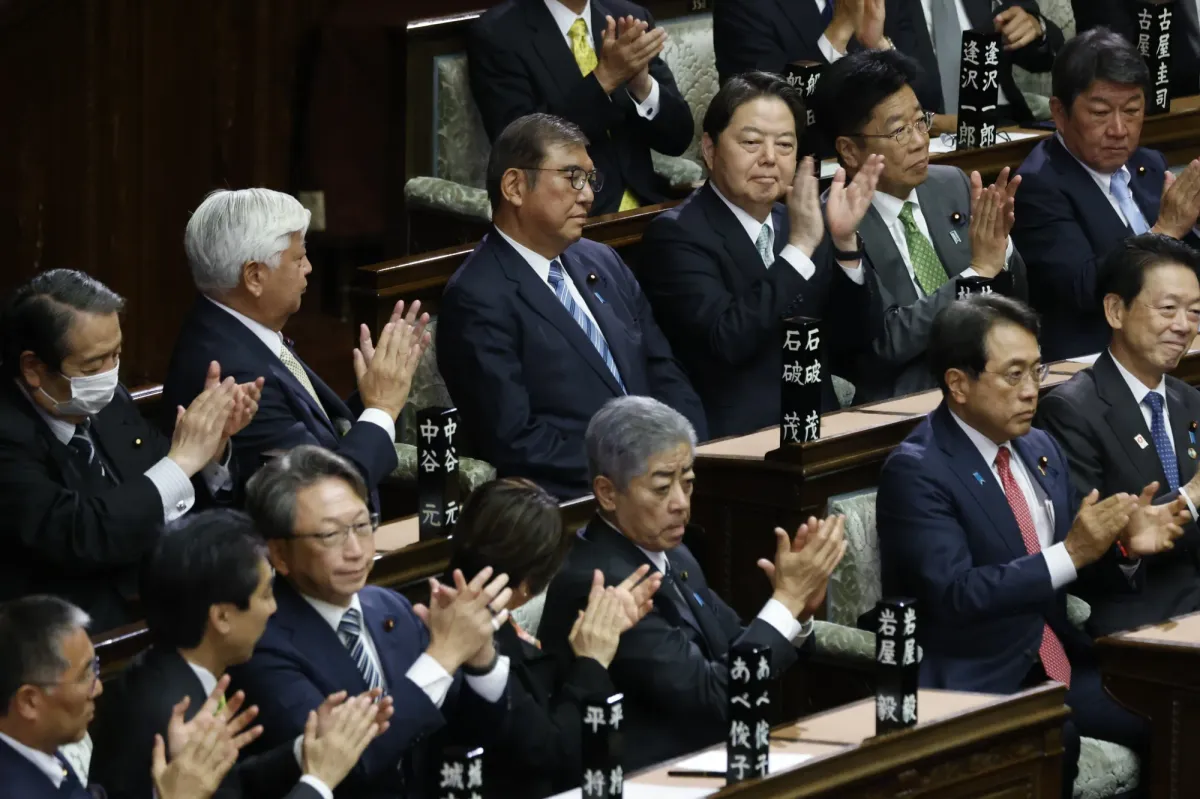Japan to Provide $192 Cash Handouts to Low-Income Households Amid Rising Costs
Japan’s government plans ¥30,000 ($192) handouts for low-income households to ease rising costs. Discover the details of Japan's economic stimulus plan, which also includes energy subsidies and investments in technology sectors.

Japan Announces $192 Cash Handouts and Support for Struggling Families Amid Rising Prices
In an effort to help low-income households manage rising living costs, Japanese Prime Minister Shigeru Ishiba’s government is preparing a cash handout package of ¥30,000 (approximately $192) for eligible families. The initiative, which is part of an upcoming economic stimulus plan, is aimed at providing financial relief to those struggling with higher prices as inflation pressures continue to mount.
The proposal, seen in its draft form by Bloomberg, includes not only the ¥30,000 cash handout but also an additional ¥20,000 per child for low-income households. In response to high energy costs, the package will also reinstate subsidies for electricity and gas bills from January through March, helping families offset the rising cost of utilities.
This economic package follows a call by Ishiba ahead of last month’s snap election, where he pledged to address voters’ concerns about the escalating cost of living. The goal is to alleviate financial strain, stimulate growth, and provide additional support to key sectors like the semiconductor industry. However, with Ishiba’s weakened minority government, questions loom about its ability to pass and implement these measures effectively.
Support Measures in the Economic Package
While the package has already outlined several relief measures for households, the specifics of the full plan are still being finalized. In addition to direct cash support, Japan is expected to allocate more than ¥10 trillion ($67 billion) in investment for semiconductor and artificial intelligence (AI) development, as part of the broader economic package. This includes ¥6 trillion to support the development of next-generation chips and another ¥4 trillion for financial assistance via investment and debt guarantees aimed at fostering innovation.
The package also addresses tax issues, with the ruling coalition in talks with the Democratic Party for the People (DPP) to raise the tax-free income ceiling from ¥1.03 million to ¥1.78 million, which would benefit more low-income households.
Fiscal Concerns Amid Growing Public Debt
However, the proposed spending raises concerns about Japan’s already ballooning public debt. Japan holds the world’s largest public debt for an advanced economy, with debt levels reaching 255% of GDP in 2024, according to the International Monetary Fund. The country’s debt servicing costs already take up a significant portion of the national budget and are expected to rise as interest rates climb.
Despite these fiscal challenges, Ishiba has indicated that the current package will be larger than last year’s, which had a budget of ¥13 trillion. The government hopes that the additional spending will drive over ¥50 trillion in public and private investment over the next decade, particularly in high-tech sectors.
Political Negotiations and Opposition
The final version of the economic package is still subject to changes, as the ruling coalition seeks to secure support from opposition parties, particularly the DPP. The package’s success in parliament will largely depend on negotiations, particularly around tax reforms, which could affect the overall budget and its implementation.
The Japanese cabinet aims to approve the stimulus plan next week, following Ishiba’s return from international summits in South America. The government plans to pass the extra budget before the end of the year, which would provide a critical financial boost to households and industries.
What’s Next for Japan’s Economic Recovery?
As Japan’s government moves forward with the stimulus plan, many are watching closely to see if the proposed cash handouts and subsidies will provide the relief needed to support struggling families. While the package’s long-term economic goals are ambitious, the immediate impact on low-income households could help ease the pressures of rising costs and inflation.
